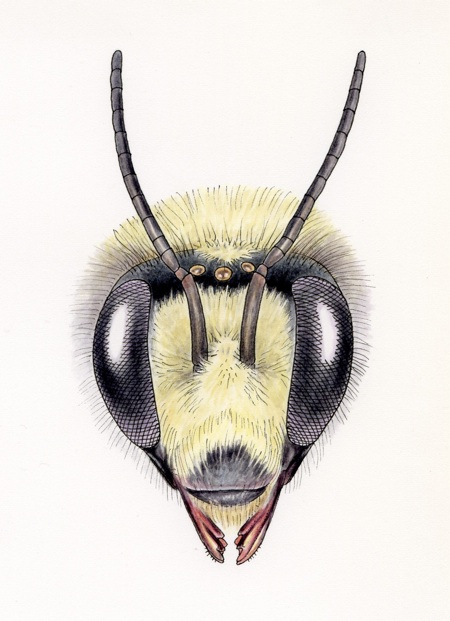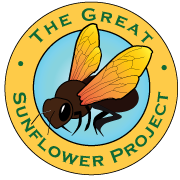
My balcony is 16’ x 26’ and faces north. I received mid morning to early afternoon sun. I have large wood planters and some pots that include a 10 year old Eureka lemon tree, 2 blooming young blood orange trees, 1 young blooming Kishu mandarin tree, 2 Belindas Dream rose bushes, 4 Japanese Yew, 6 dwarf Yupon holly shrubs , 12 square feet of chocolate chip ajuga plus a Mis of rosemary, basil, oregano and thyme.
Which garden or space are you describing?:
How large is your yard?:
45.00
square yards
Are there low traffic areas where the soil is not turned over, tilled or plowed?:
Yes
Are the flowering plants that you have pollinator friendly?:
Most (more than 75%)
How many flowers in your garden bloom in spring?:
10 or more
Are flowers planted in clumps?:
Yes.
How much mulch is on the ground?:
None.
Does the garden use herbicides?:
No.
Are pesticides used in the garden?:
No
